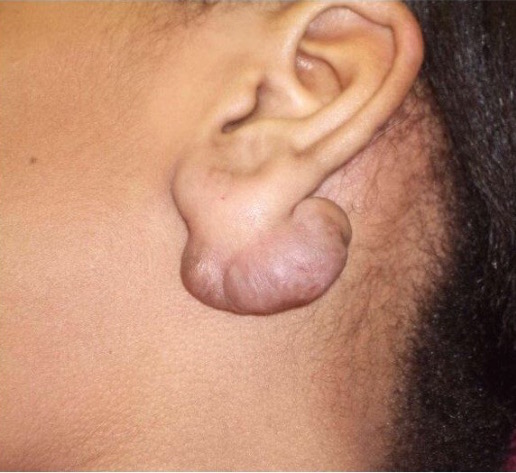Scars are a natural part of the body's healing process, but when they become prominent, especially in the form of keloid scars, they can be a source of discomfort and self-consciousness. Keloid scars are raised, thickened, and often extend beyond the boundaries of the original injury. The decision to pursue keloid scar removal treatment is a personal one, and it involves careful consideration of various factors. Here, we'll explore the key aspects to help you decide whether keloid scar removal treatment is the right choice for you.

Understanding Keloid Scars:
Before delving into the decision-making process, it's essential to understand what keloid scars are and how they form. Keloids are an overproduction of collagen during the wound-healing process. Unlike typical scars that gradually fade, keloids tend to grow larger and more prominent over time. They can occur as a result of surgery, injury, piercings, acne, or even spontaneously in some individuals. Keloid scars are more common in people with darker skin tones and are typically found on the chest, shoulders, earlobes, and back.
Consider Your Motivation:
One of the first things to consider when contemplating keloid scar removal treatment is your motivation. Are you seeking treatment primarily for cosmetic reasons, to alleviate physical discomfort, or to address emotional distress? For many, the appearance of keloid scars can impact self-esteem and quality of life. If your motivation is driven by a desire to improve your well-being, then scar removal treatment may be worth considering.
Available Treatment Options:
There are several treatment options available for keloid scar removal, and the choice of treatment depends on the size, location, and severity of the keloid. Some common treatment options include:
- Corticosteroid Injections: These injections can help reduce the size and appearance of keloids by suppressing inflammation and collagen production.
- Laser Therapy: Laser treatments can be used to flatten and reduce the redness of keloid scars.
- Surgical Removal: In some cases, surgical excision may be necessary to remove the keloid. However, this option carries a risk of keloid recurrence and is often combined with other treatments.
- Cryotherapy: Freezing the keloid with liquid nitrogen can help reduce its size.
- Silicone Gel Sheets: These sheets can be applied to the keloid to flatten and soften it over time.
Each treatment method comes with its own set of benefits, risks, and costs. It's essential to consult with a dermatologist or plastic surgeon to determine the most suitable approach for your specific situation.
Realistic Expectations:
While keloid scar removal treatments can improve the appearance and reduce the size of the keloid, complete eradication may not always be possible. Additionally, some individuals may experience keloid recurrence even after successful treatment. Therefore, it's crucial to maintain realistic expectations regarding the outcomes of treatment.
Costs and Risks:
Consider the costs and potential risks associated with keloid scar removal treatment. Different methods have varying price ranges, and it's essential to factor in the financial aspect. Surgical removal, for instance, may involve more significant risks and potential scarring, making it vital to weigh the risks against the benefits.
Medical Necessity:
In some cases, keloid scars may interfere with the function of an organ or cause other medical complications. In such instances, removal may be medically necessary and, therefore, worth it for health reasons.
Consultation with a Healthcare Professional:
Ultimately, the decision to pursue Keloid Scar Removal Treatment should be made in consultation with a healthcare professional. They can assess your specific situation, discuss your concerns and goals, and provide guidance on the most appropriate treatment options.
In conclusion, the decision to get keloid scar removal treatment is a personal one, and it should be made after careful consideration of your motivation, the available treatment options, realistic expectations, and the guidance of a healthcare professional. Keloid scar removal treatment can potentially improve your quality of life and overall well-being, but it's essential to make an informed choice that aligns with your unique circumstances and goals.